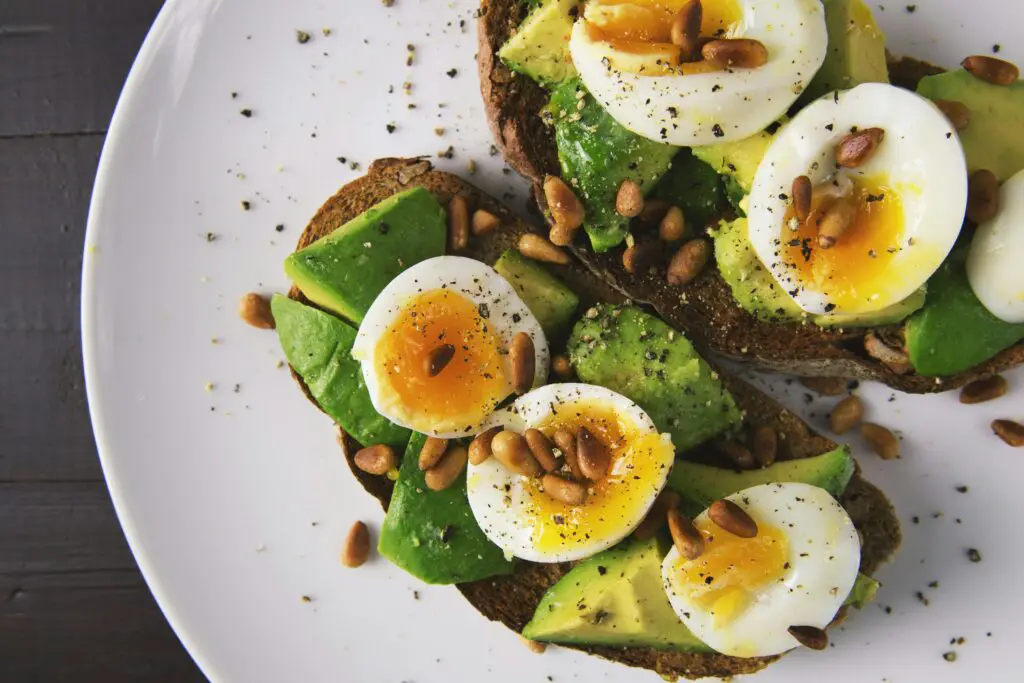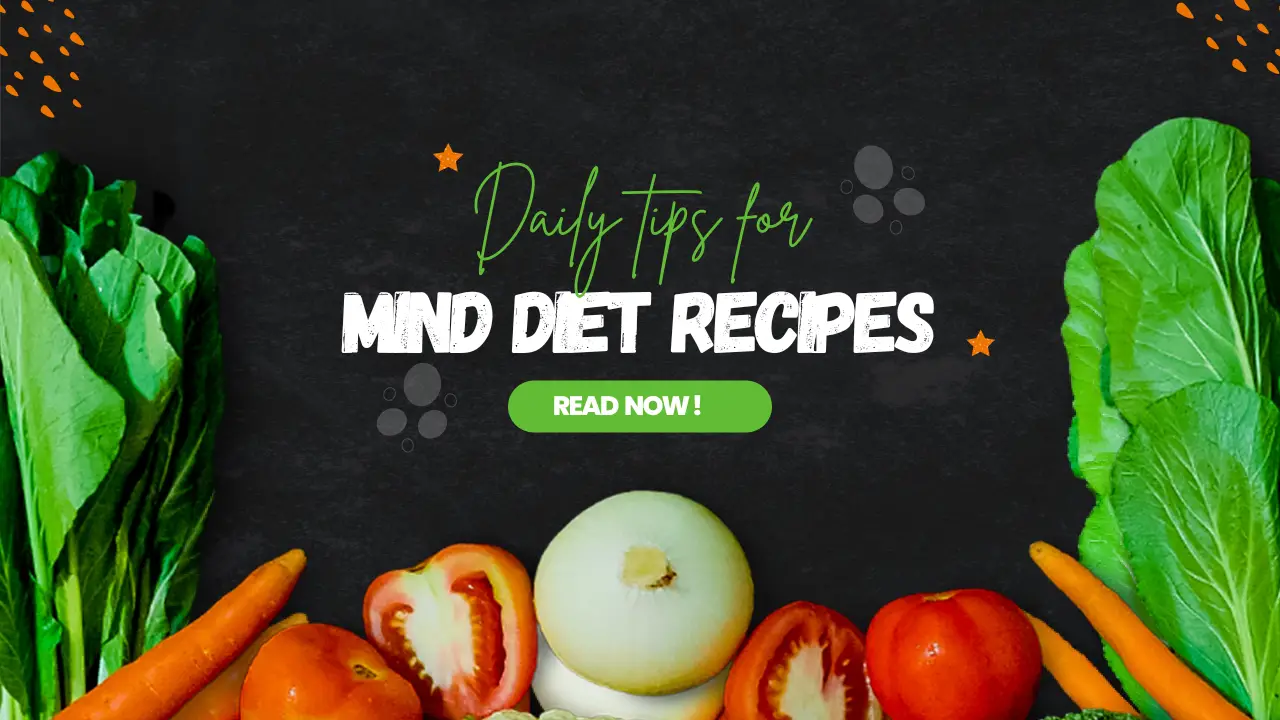Achieve Better Nutrition: 5 Proven Strategies”
Table of Contents
Confused by the endless stream of nutrition advice? You’re not alone. I’ve sifted through the noise, and I’m here to share the gold nuggets of nutritional wisdom. This blog promises to debunk myths and simplify eating healthy. Join me on a journey to nutritional clarity and wellness. Your plate is about to get a whole lot brighter.
Introduction
In today’s fast-paced world, maintaining a balanced and nutritious diet is crucial for overall health and well-being. However, with so much conflicting information out there, it can be challenging to know where to start. This article aims to simplify the process by outlining five proven strategies for better nutrition.
1. Plan Your Meals

1.1. Benefits of Meal Planning
Meal planning offers numerous benefits, including:
- Improved Diet Quality: Planning meals in advance allows you to incorporate a variety of nutritious foods into your diet, ensuring you meet your nutritional needs.
- Time and Money Savings: Planning ahead can help you save time and money by reducing impulse purchases and minimizing food waste.
- Better Portion Control: Planning your meals allows you to control portion sizes, which is essential for weight management and overall health.
1.2. How to Start
To start meal planning, follow these simple steps:
- Set Realistic Goals: Determine your dietary goals, whether it’s weight loss, muscle gain, or improved overall health.
- Create a Weekly Menu: Plan your meals for the week, taking into account your nutritional needs and preferences.
- Make a Shopping List: Based on your menu, create a shopping list of the ingredients you’ll need for the week.
- Prep in Advance: Spend some time prepping ingredients in advance to streamline meal preparation throughout the week.
2. Whole Foods Over Processed

2.1. Why Choose Whole Foods
Whole foods, such as fruits, vegetables, whole grains, and lean proteins, offer numerous advantages over processed foods:
- Nutrient Density: Whole foods are rich in essential nutrients, including vitamins, minerals, and antioxidants, which are vital for optimal health.
- Fiber Content: Whole foods are high in dietary fiber, which aids in digestion, helps control blood sugar levels, and promotes satiety.
- Lower in Added Sugars and Sodium: Unlike processed foods, which often contain high levels of added sugars and sodium, whole foods are naturally low in these additives.
2.2. Examples and Tips
Incorporate more whole foods into your diet with these tips:
- Fill Half Your Plate with Fruits and Vegetables: Aim to fill at least half of your plate with fruits and vegetables at each meal.
- Choose Whole Grains: Opt for whole grains such as brown rice, quinoa, oats, and whole wheat bread instead of refined grains.
- Include Lean Proteins: Choose lean sources of protein such as chicken, fish, tofu, beans, and legumes.
3. Stay Hydrated

3.1. The Role of Water in Nutrition
Water plays a crucial role in the body and is essential for various physiological functions, including:
- Hydration: Water helps regulate body temperature and maintain fluid balance, preventing dehydration.
- Nutrient Transport: Water transports nutrients throughout the body and aids in the absorption of essential vitamins and minerals.
- Detoxification: Water helps flush toxins from the body through urine and sweat.
3.2. Tips to Increase Water Intake
To stay hydrated, follow these tips:
- Drink Plenty of Water: Aim to drink at least eight glasses of water per day, or more if you’re physically active or live in a hot climate.
- Eat Hydrating Foods: Incorporate hydrating foods such as fruits and vegetables, which have high water content, into your diet.
- Use a Water Bottle: Carry a reusable water bottle with you throughout the day to remind yourself to drink water regularly.
4. Read Nutrition Labels

4.1. Understanding Labels
Nutrition labels provide valuable information about the nutritional content of food products, including:
- Serving Size: The serving size indicates the amount of food considered a single serving and is used to calculate the nutritional content.
- Calories: Calories provide energy and indicate how much energy a serving of food provides.
- Nutrient Content: Nutrition labels list the amounts of various nutrients per serving, including fats, carbohydrates, protein, vitamins, and minerals.
4.2. What to Look For
When reading nutrition labels, pay attention to:
- Serving Size: Make sure to check the serving size and adjust your portion accordingly.
- Nutrient Content: Look for foods that are low in saturated fats, added sugars, and sodium, and high in fiber, vitamins, and minerals.
- Ingredients List: Check the ingredients list for added sugars, unhealthy fats, and artificial additives.
5. Portion Control

5.1. Importance of Managing Portions
Portion control is essential for maintaining a healthy weight and preventing overeating. Benefits of portion control include:
- Weight Management: Managing portion sizes can help you regulate calorie intake and prevent weight gain.
- Improved Digestion: Eating appropriate portion sizes can aid digestion and prevent discomfort and bloating.
- Better Nutrient Absorption: Eating balanced portions ensures you get the right mix of nutrients your body needs for optimal health.
5.2. Tools and Tips for Portion Control
To control portions, try these strategies:
- Use Smaller Plates: Using smaller plates can help you control portion sizes and prevent overeating.
- Measure Portions: Use measuring cups, spoons, or a food scale to accurately measure portions.
- Practice Mindful Eating: Pay attention to hunger and fullness cues, and eat slowly to give your body time to register when you’re satisfied.
Conclusion
Incorporating these five strategies into your daily routine can help you achieve better nutrition and improve your overall health. By planning your meals, choosing whole foods, staying hydrated, reading nutrition labels, and practicing portion control, you’ll be on your way to a healthier lifestyle.
FAQs (Frequently Asked Questions)
1. Is meal planning necessary for better nutrition?
- While not essential, meal planning can help you make healthier food choices and stay on track with your dietary goals.
2. How can I incorporate more whole foods into my diet?
- Start by gradually replacing processed foods with whole foods such as fruits, vegetables, whole grains, and lean proteins.
3. How much water should I drink each day?
- The recommended daily intake of water varies depending on factors such as age, weight, and activity level, but aiming for at least eight glasses per day is a good starting point.
4. Are all nutrition labels the same?
- No, nutrition labels may vary slightly depending on the country and regulations governing food labeling.
5. Can portion control help with weight loss?
- Yes, managing portion sizes can be an effective strategy for weight loss by reducing calorie intake and promoting satiety.
Share this content:






1 comment